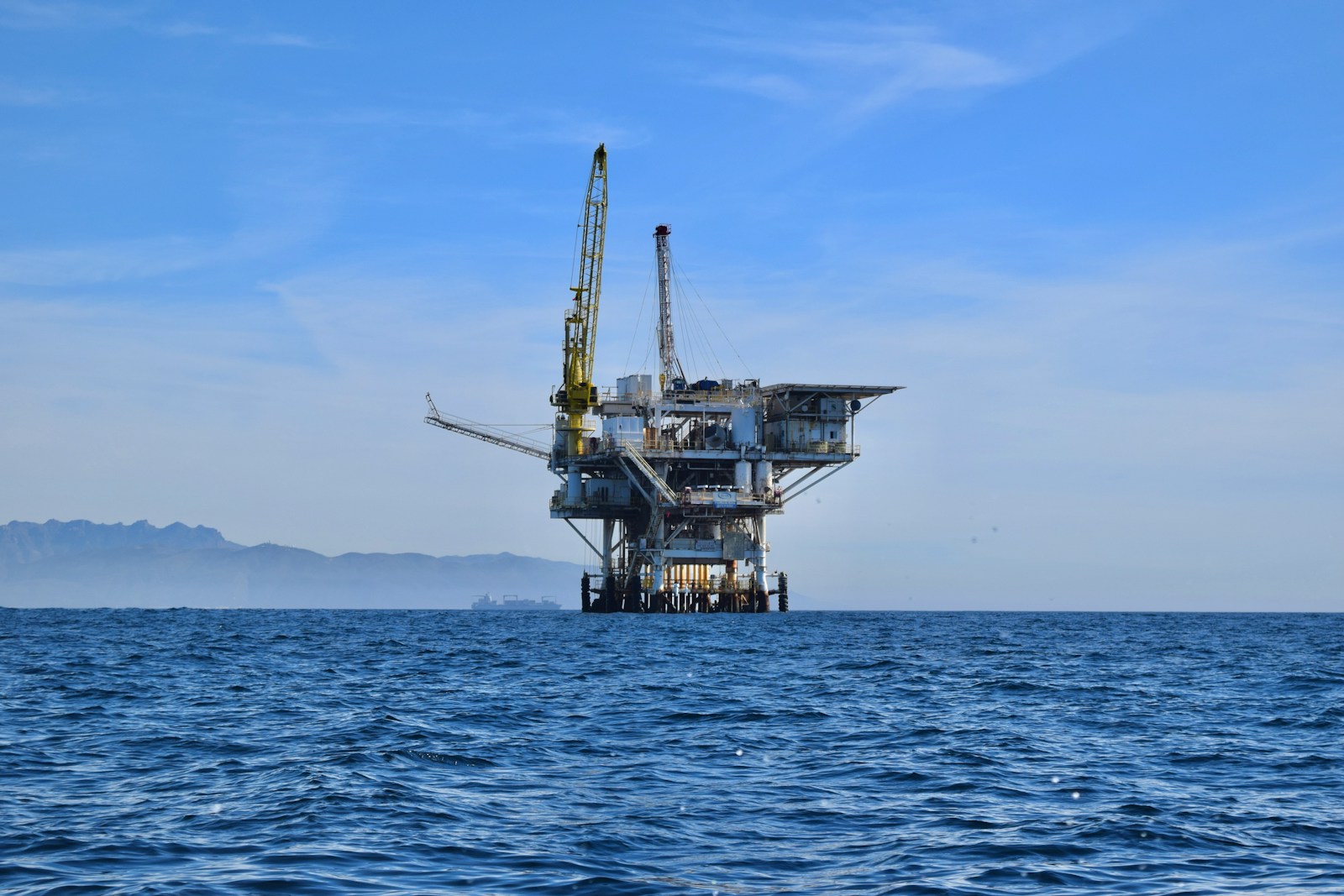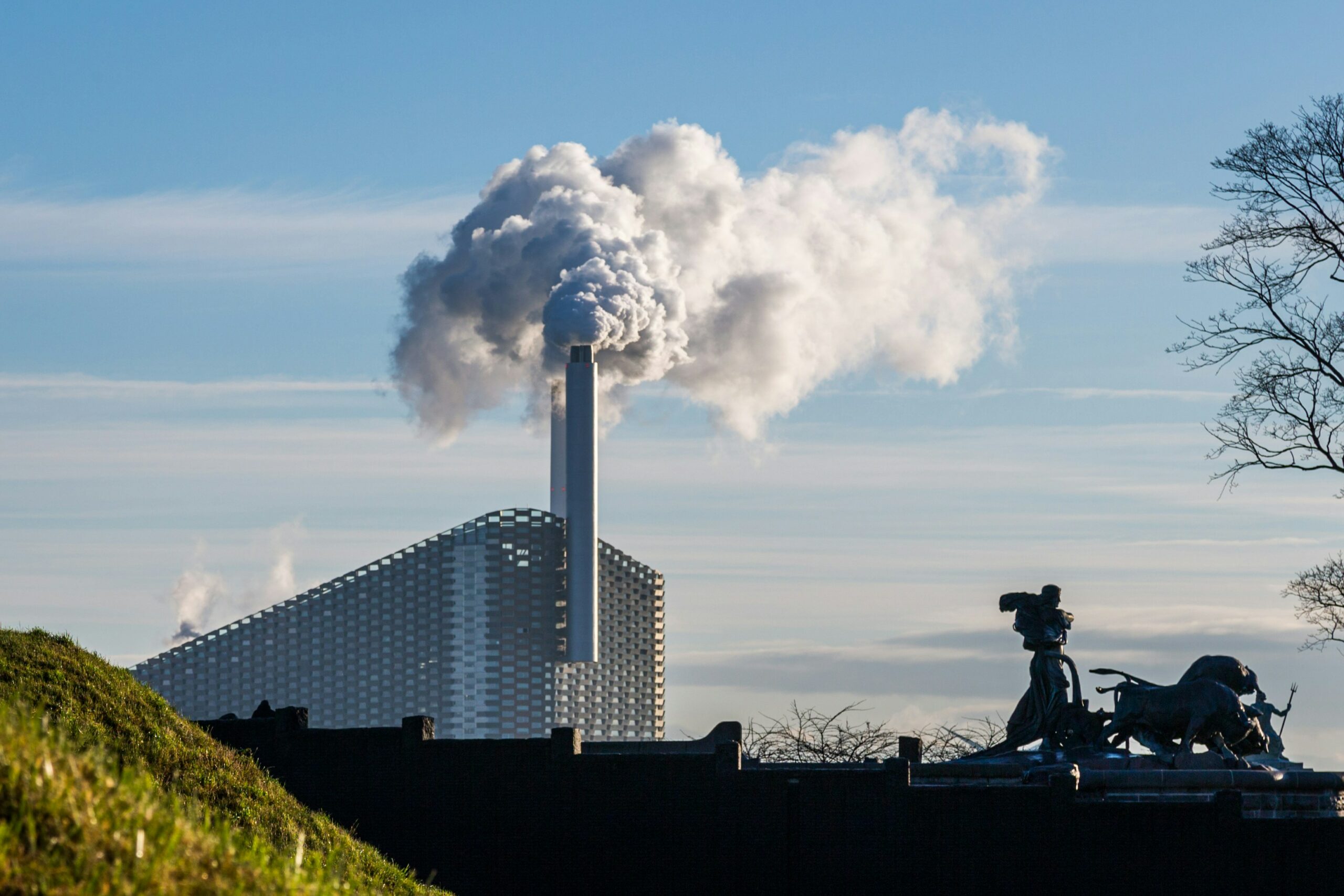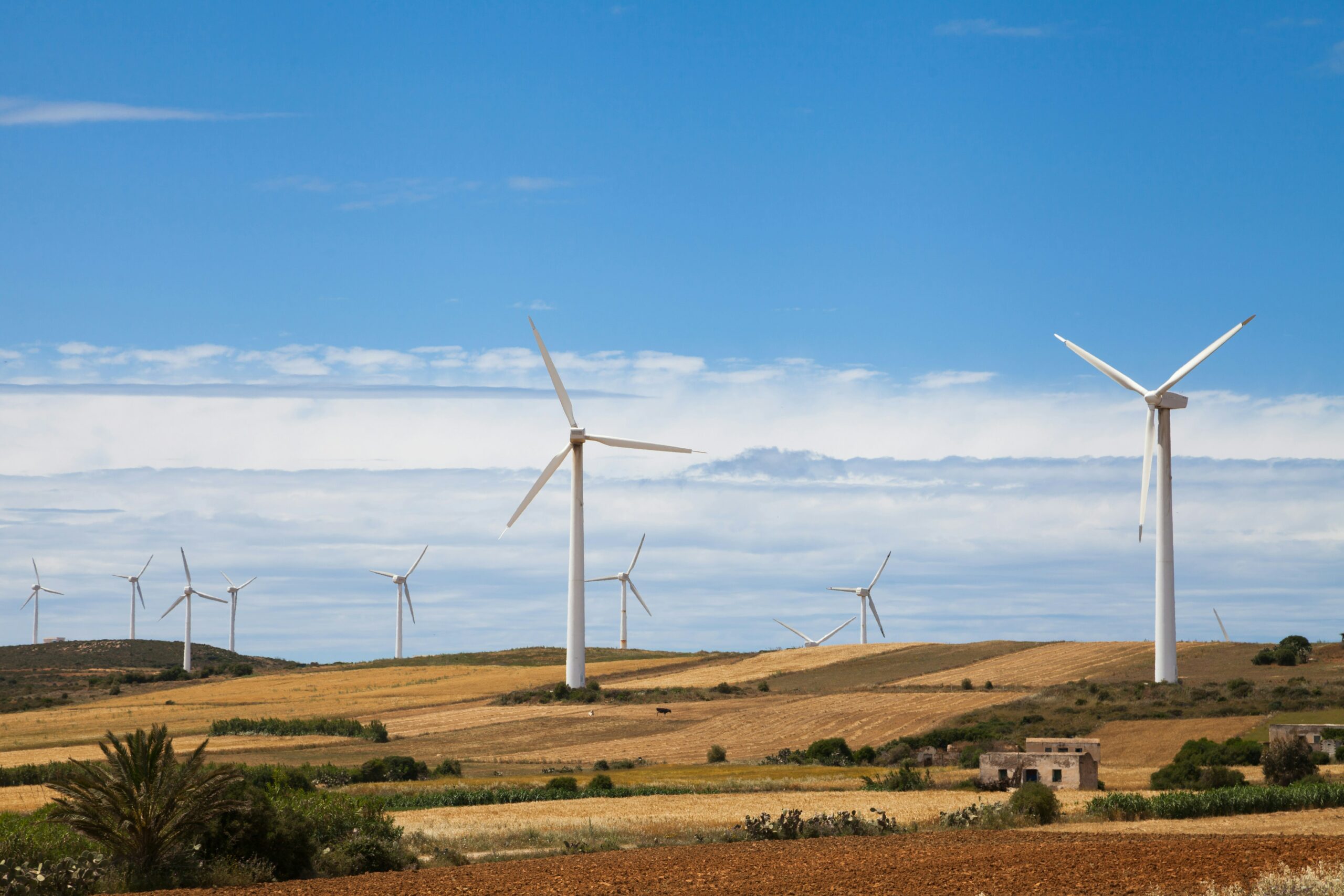Insider Brief
- China reports it has built the world’s first offshore oil production and storage vessel with carbon capture technology, aiming to reduce emissions while maintaining crude oil output, South China Morning Post reported.
- The vessel, developed by state-owned Cosco Ocean Shipping Heavy Industry, can produce 120,000 barrels of oil per day and captures carbon dioxide from its own emissions while generating electricity from exhaust heat.
- China’s move aligns with its goal to peak carbon emissions by 2030 and reach net zero by 2060, as global oil producers explore carbon capture to mitigate industry-related emissions.
A new offshore oil production and storage vessel can now capture carbon dioxide, according to a report from state broadcaster CCTV, as cited by the South China Morning Post (SCMP). The move signals Beijing is trying to push to cut emissions while maintaining oil production.
The floating production storage and offloading unit (FPSO), developed by state-owned Cosco Ocean Shipping Heavy Industry, will be delivered by the end of the month. The 330-meter (1,080-foot) vessel can produce up to 120,000 barrels of crude oil per day and is equipped with technology to capture carbon dioxide from its own emissions. It also generates electricity from the heat of its exhaust gases, reducing waste and improving efficiency.
The system “marks an important step for China in the field of offshore carbon capture,” CCTV said in its report. The technology comes as global oil and gas companies face growing pressure to cut their environmental impact while keeping up with energy demand.

China Central Television (CCTV) is China’s primary state-owned television broadcaster, operating under the direct control of the Chinese Communist Party’s Central Propaganda Department.

Addressing Oil’s Carbon Problem
Oil and gas extraction, processing, and transport account for a significant share of global greenhouse gas emissions. In 2022, the International Energy Agency (IEA) estimated the sector produced 5.1 billion metric tons of emissions — about 15% of total global energy-related emissions, SCMP reports. FPSOs, which extract and process oil from offshore fields, typically rely on gas-fired turbines, a major source of carbon dioxide emissions.
Industry experts see carbon capture as one way to curb pollution from oil and gas operations. The IEA has recommended several measures, including using low-emission electricity at production sites and expanding carbon capture efforts.
China’s vessel enters a competitive space where other companies are also working on integrating carbon capture into offshore production, according to SCMP. In January, the American Bureau of Shipping approved a design for an ammonia production unit featuring onboard carbon capture. Dutch energy group SBM Offshore is also developing a similar system for FPSOs.
A Key Step in China’s Carbon Goals
As the world’s largest emitter of greenhouse gases, China has set ambitious climate targets, aiming to peak carbon emissions by 2030 and reach net zero by 2060. The country has already made investments in offshore carbon storage. SCMP reports that China National Offshore Oil Corporation launched a carbon capture and storage (CCS) demonstration project in 2023 at the Enping 15-1 oilfield in Guangdong province. The facility can store 300,000 metric tons of carbon dioxide annually, with a total capacity of over 1.5 million metric tons—the equivalent of planting 14 million trees.
China’s new FPSO is part of a broader strategy to balance energy security with emissions reduction. While carbon capture is not a substitute for reducing fossil fuel use, the technology is seen as a necessary tool to slow global warming. Scientists warn that keeping temperature increases below 2 degrees Celsius compared with pre-industrial levels is becoming increasingly difficult.
China’s leadership in offshore carbon capture could influence global standards as more countries and companies explore ways to cut emissions. But the effectiveness of these efforts will depend on scaling up deployment and ensuring captured carbon is permanently stored.
SCMP reported that the FPSO’s delivery later this month will be closely watched, as it represents a test of whether large-scale carbon capture at sea can be a viable solution for the industry.








